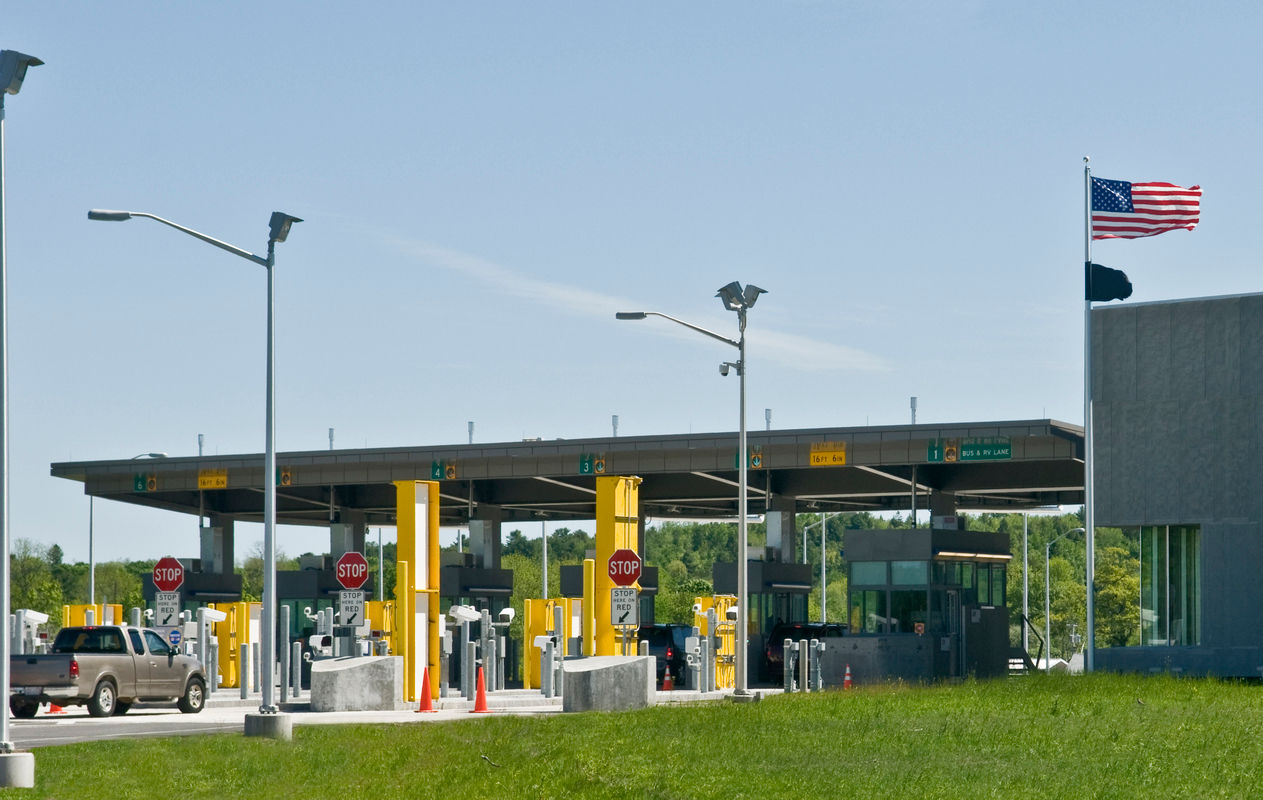
April 21, 2022
Coal Facing Disruptions - EU Extends Russia Sanctions
Coal Facing Disruptions - EU Extends Russia Sanctions

Why does coal matter for European supply chains? How significant are the new sanctions against Russian coal exports? Which industries might be affected and where else will the coal come from? This report considers the latest EU sanctions and finds that a wide range of industries may be affected, but the impact will vary among EU member states. Options for alternative sources are limited.
The continuing conflict in Ukraine has elicited a widening and deepening of sanctions against Russia. As discussed in previous Flexport research, these sanctions started targeting financial institutions and have steadily expanded to include a wide range of industries.
Most recently, on April 8, the European Union approved new sanctions that will ban Russian coal imports and a wide range of other products including caviar, building materials, wood products and furniture. There’s also the prospect of a further expansion of sactions to include oil in the future.
Big Issue for Latvia, Small Issue for Europe as a Whole
The measures impact all types of coal, including anthracite, lignite, coking coal, and similar products and could have an impact on both the energy generation and steel production industries.

Imports accounted for 36% of EU solid fuel (mostly coal but also including lignite) consumption requirements in 2020, according to Eurostat, while Russia represented 19% of those imports. Doing the math, Russia represented around 7% of EU coal use in 2020.
As shown in Figure 2 though, in some states the Russian share is significantly higher, reaching 86% of Latvia, 79% for Croatia and 65% for Denmark.
Coal’s Place in Supply Chains
Coal is used in several industries, raising the prospect of significant disruptions across industrial supply chains:
- Electricity generation in the EU in 2020 included a 12.6% share from solid fossil fuels in 2020, which includes all grades of fossil fuels including lignite, anthracite and bituminous coal and others. That reached as high as 68% in Poland and 38% in the Czech Republic. Many EU states have been cutting their use of coal for power generation through increased use of natural gas, which is also supplied by Russia, and renewables.
- Steel production uses coking, or metallurgical, coal in reaction with iron ore to produce basic steel. The IEA reportedly estimated that 19% of Russia’s coal exports were of metallurgical grade in 2020 with the remainder being thermal (i.e. power generation) grade.
- Industrial uses include processed gasses, particularly synthetic natural gas Coal can be used in the manufacture of chemicals (including fertilizers) as well as derived oil. Burning coal for heat is also still used in the paper and cement manufacturing industries.
Aside from finding alternative supplies (see below) coal users in the EU will also have to contend with higher fuel costs.

Coal prices increased steadily during the period of geopolitical tensions ahead of the conflict in February. By October 2021, coal prices for spot (immediate) delivery out of Australia and South Africa (based on IMF data) had reached 250% of their January 2021 level as shown in Figure 3.
Since then the price for delivery into northwest Europe in Q3’22 (based on ICE data) - the current most liquid contract - has continued to increase, with prices in April 2022, on average, reaching 539% of their January 2021 levels and the price as at April 19 stood at 581%. For context, the prior peak was 199% of the January 2021 average, set in July 2008.
Alternatives Include Other Fuels, Other Sources
On the assumption that EU coal mines are already running at full capacity, the options to offset the loss of 7% of coal coming from Russia will need to either come from substitution (alternative fuels) or from other countries.
The VDKi (German coal buyers’ association) has stated that alternative coal sources can be found by winter 2022/23 though there will be higher costs (see Fig. 3 above) and technical issues for coal-fired power plants. Notably, the new regulations include a derogation for coal through August 2022.

As shown in Figure 3 China dominates global coal production, with 50.7% of global production in 2020 according to BP data. Yet, that is mostly used for domestic purposes rather than export with China representing just 0.6% of exports.
The major producer-exporters that may be able to take advantage of extra sales opportunities in Europe include Australia and Indonesia, each with a larger share of production (29.1% and 26.8% respectively) and exports (7.8% and 8.7% respectively) than Russia. Another option may be exports from the U.S., where a coal export surge could pair with additional natural gas sales to the EU.
The EU is not, however, the only market trying to attract coal suppliers. Japan has already reportedly banned Russian coal imports, while the G7 group more broadly will also “expedite our plans to reduce reliance on Russia for our energy, which include phasing out and banning Russian coal imports.”
As an offset, though, Russian exporters are already reportedly boosting shipments to China, and being paid in yuan to address the issues from financial sanctions. Indian importers are also reportedly looking to buy Russian coal at a discount to prevailing market prices.
Indeed, the new equilibrium may see China become more reliant on Russian coal while Europe becomes more reliant on Australian, Indonesian and U.S. coal despite potentially higher shipment costs.
In conclusion: New EU sanctions against Russian coal exports will impact many industries but will affect member states to very different degrees. Alternative sources of coal aside from Russia may prove challenging and more expensive to secure.
Disclaimer: The contents of this report are made available for informational purposes only and should not be relied upon for any legal, business, or financial decisions. Flexport does not guarantee, represent, or warrant any of the contents of this report because they are based on our current beliefs, expectations, and assumptions, about which there can be no assurance due to various anticipated and unanticipated events that may occur. This report has been prepared to the best of our knowledge and research; however, the information presented herein may not reflect the most current regulatory or industry developments. Neither Flexport nor its advisors or affiliates shall be liable for any losses that arise in any way due to the reliance on the contents contained in this report.
About the Author





